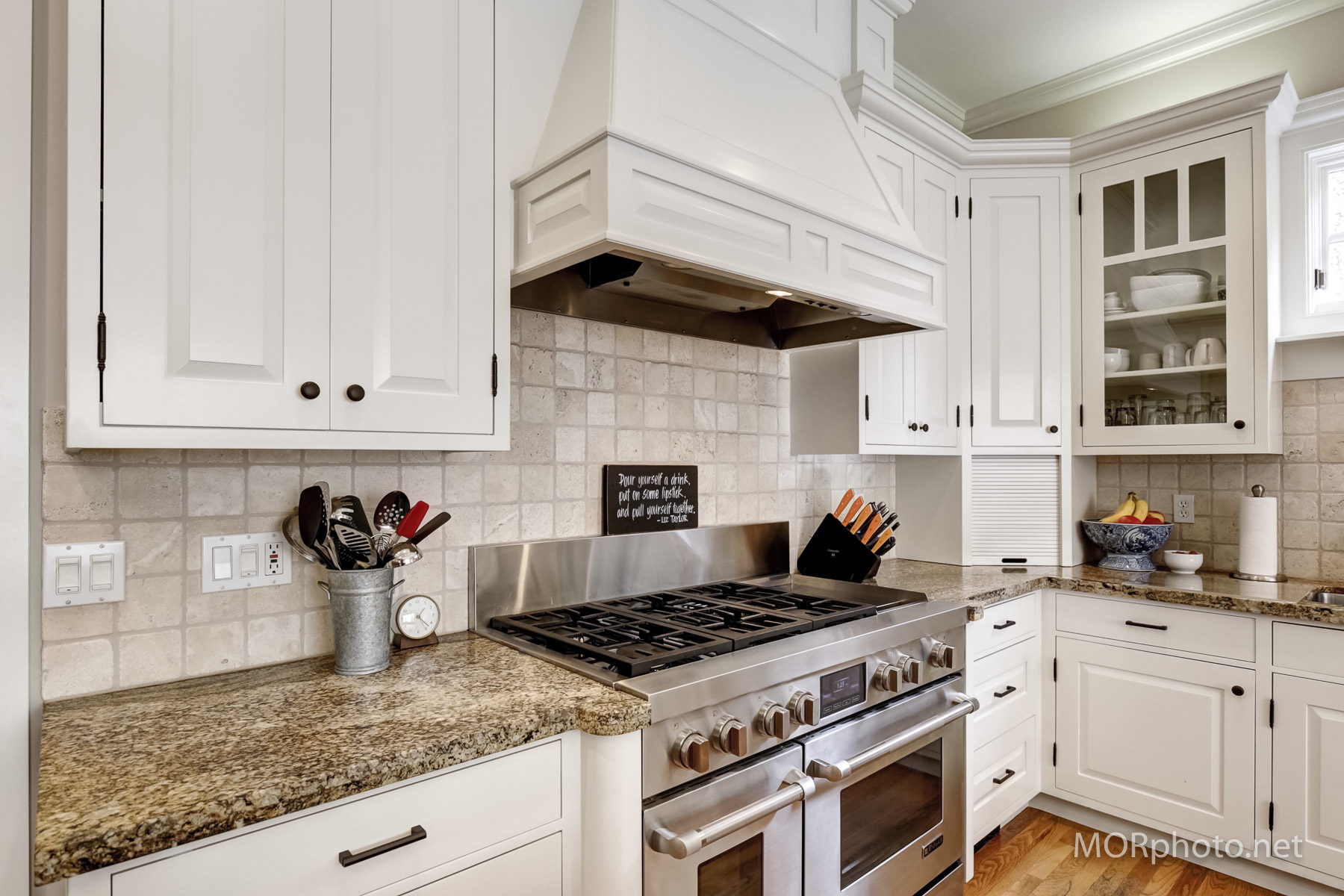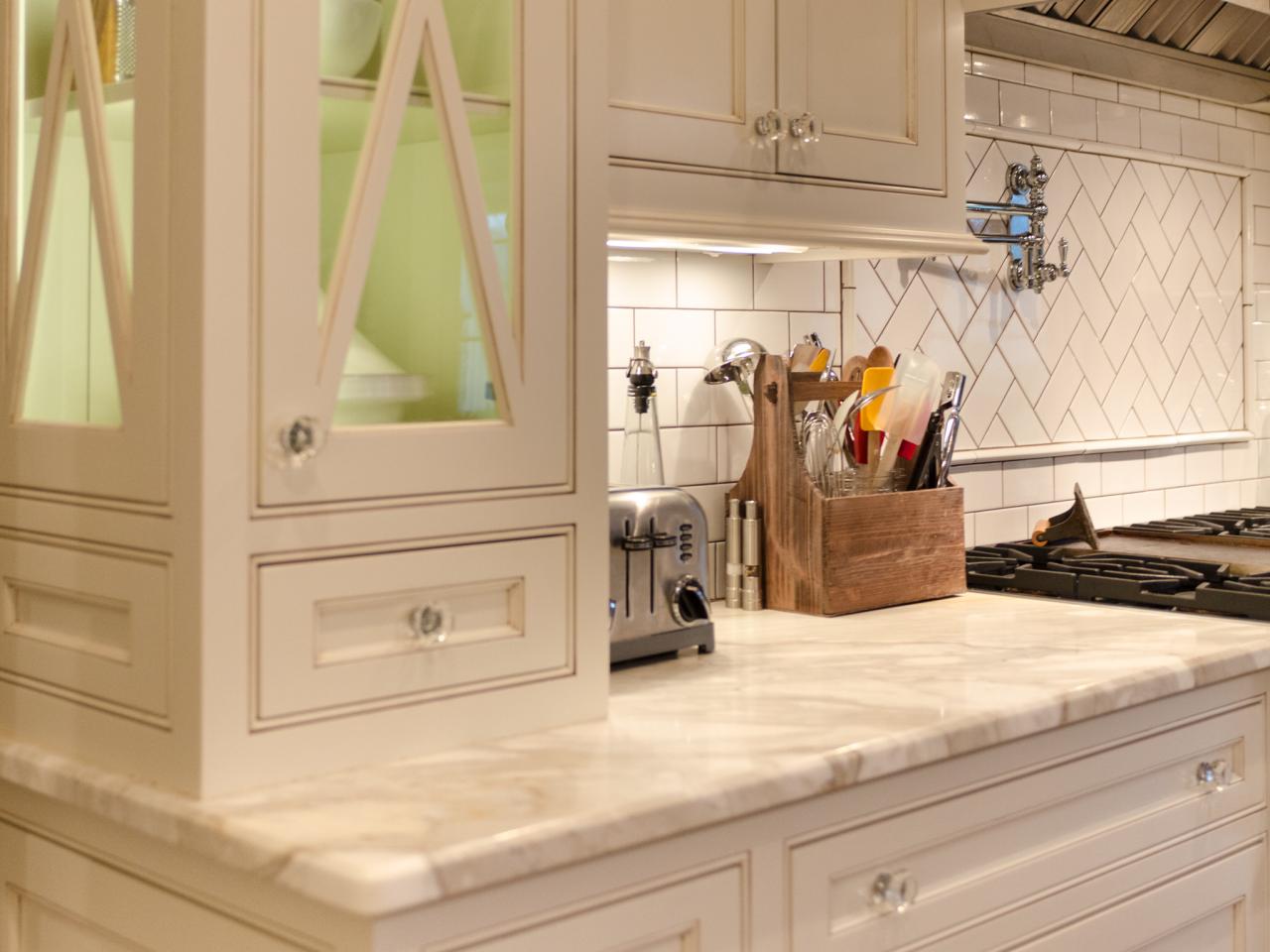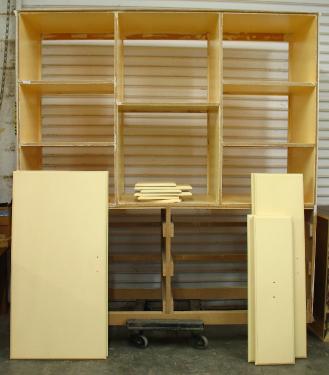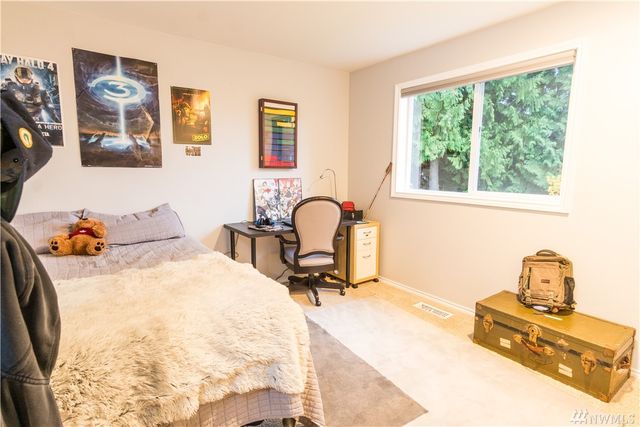Ensuring that drafts are kept in check beneath kitchen cabinets is an important aspect of maintaining a comfortable and energy-efficient home environment. Drafts can significantly impact the overall temperature and energy efficiency of a kitchen, making it crucial to address any gaps or openings beneath cabinets. One common area for drafts is the gap between the floor and the base of the cabinets. To address this issue, homeowners can employ various strategies to seal these gaps effectively.
One effective solution to prevent drafts under kitchen cabinets is to use weatherstripping. Weatherstrips are flexible materials designed to seal gaps and create a barrier against drafts. Installing adhesive-backed weatherstrips along the base of the cabinets helps create a tight seal, preventing cold air from entering and warm air from escaping. It’s a cost-effective and easy-to-implement solution that can make a noticeable difference in the kitchen’s comfort.
Another approach to addressing drafts is to use caulk or sealant. Gaps and cracks around the base of cabinets can be filled with a high-quality caulk or sealant. This method not only seals drafts but also helps in creating a more energy-efficient kitchen by preventing air exchange. It’s important to choose a caulk that is suitable for the specific materials in your kitchen, ensuring a durable and long-lasting seal.
For homeowners seeking a more permanent solution, adding a toe kick space vent may be a viable option. These vents are designed to allow air circulation while maintaining an aesthetic appeal. By strategically placing vents in the toe kick space, you can balance the airflow, reducing the likelihood of drafts and promoting a more consistent temperature throughout the kitchen.

Consideration should be given to the insulation beneath cabinets as well. If the floor beneath the cabinets feels unusually cold, adding insulation can be a practical solution. This can involve installing rigid foam insulation boards or using expanding foam spray to fill gaps. Insulating the space beneath cabinets not only addresses drafts but also contributes to better energy efficiency in the kitchen.
It’s essential to inspect the overall condition of the kitchen cabinets, as wear and tear can contribute to drafts. Loose or damaged cabinets may create gaps that allow drafts to enter. Tightening screws, reinforcing joints, or repairing damaged sections can help maintain the integrity of the cabinets and minimize drafts. Regular maintenance is key to ensuring that cabinets continue to provide an effective barrier against drafts.
In some cases, homeowners may find that drafts are coming from gaps between the cabinets and the wall. This can occur over time due to settling or changes in the structure. To address this, applying a bead of caulk along the seams where cabinets meet the wall can create a seal, preventing drafts from infiltrating the kitchen. This meticulous approach ensures that every potential entry point for drafts is properly sealed.
A more comprehensive solution involves addressing drafts not only under the cabinets but also around the entire kitchen perimeter. This can include inspecting windows, doors, and other openings to identify and seal any potential gaps. By taking a holistic approach to draft prevention, homeowners can create a more energy-efficient kitchen and improve overall home comfort.

For those seeking an innovative approach, considering the installation of a toe kick space heater is an option. These heaters are designed to fit seamlessly into the toe kick space beneath cabinets, providing a discreet and efficient way to counteract drafts. Toe kick space heaters are an excellent solution for kitchens in colder climates, offering targeted warmth where it’s needed most.
While addressing drafts, it’s important to consider the impact of ventilation. Proper ventilation is essential for maintaining a healthy indoor environment. If drafts are being addressed by sealing gaps, it’s crucial to ensure that ventilation systems, such as range hoods, remain functional to maintain air quality in the kitchen.
In older homes, the construction materials and methods may contribute to drafts. Periodic checks for gaps and cracks in the foundation, walls, and floors can help identify potential sources of drafts. Sealing these gaps with appropriate materials, such as expanding foam or sealant, can make a significant difference in minimizing drafts and enhancing the overall energy efficiency of the kitchen.
Window treatments can also play a role in draft prevention. If there are windows near the kitchen cabinets, using heavy curtains or adding insulated window panels can help in maintaining a consistent temperature. Addressing drafts from multiple angles, including windows, ensures a more comprehensive approach to creating a comfortable and energy-efficient kitchen.

An often overlooked source of drafts is electrical outlets and switches on exterior walls. The gaps around these fixtures can contribute to air leakage. Installing foam gaskets behind the outlet and switch covers can create a seal, preventing drafts from entering through these small openings. This simple yet effective solution adds an extra layer of draft protection in the kitchen.
Addressing drafts under kitchen cabinets involves a multifaceted approach. From using weatherstripping and caulk to insulating the space beneath cabinets and considering innovative solutions like toe kick space heaters, homeowners have various options to choose from. Regular maintenance, inspections, and a holistic approach to draft prevention contribute to a more comfortable and energy-efficient kitchen environment. By taking the time to seal gaps and address potential sources of drafts, homeowners can enjoy a well-insulated and cozy kitchen throughout the year.

Best Way To Insulate Under Kitchen Cabinets – Brilliant Evolution Led White Ultra Thin Under

How to choose kitchen cabinets {our kitchen renovation} – Four Generations One Roof

High End Kitchen Cabinet Refacing – 4 Ways to Revamp Your Kitchen Cabinets For Any Budget

Ok so I’m pretty sure my current cabinets are exactly the same as her “before” cabinets. This is

Put It Together Yourself Kitchen Cabinets – Ready To Assemble Kitchen Cabinets In Stock Kitchen

Kitchen Cabinets Installed

Kitchen Remodeling Basics DIY

Refinishing of Kitchen And Household Built-In Cabinets

Under Kitchen Cabinets

Related Posts:
- How To Stain Wood Kitchen Cabinets
- Cleaning Sticky Kitchen Cabinets
- Kitchen Cabinets With Beadboard Inserts
- Uneven Ceiling Kitchen Cabinets
- Handle Size For Kitchen Cabinets
- Painting Foil Wrapped Kitchen Cabinets
- Annie Sloan Grey Kitchen Cabinets
- How To Make Modular Kitchen Cabinets
- How To Repair Kitchen Cabinet Doors
- Roller Shutter Cabinets For Kitchen